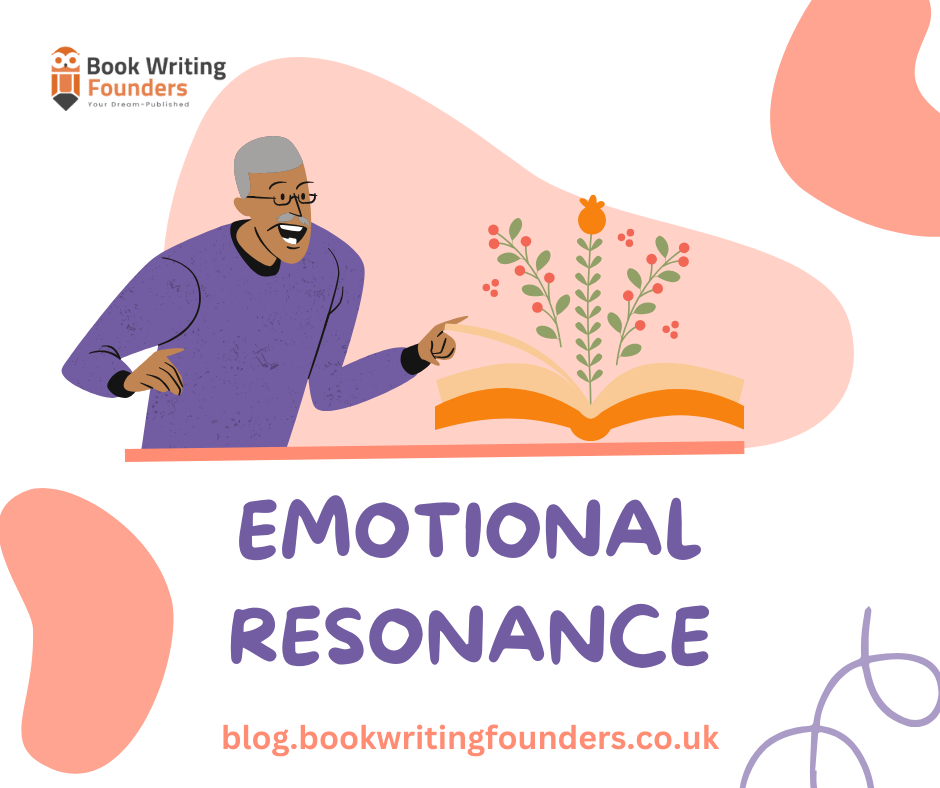
Writer
Some people find editing their fiction writing hard. Still, it’s important to make sure that your stories shine. It’s all about practicing self-editing for fiction writers to polish up your prose for your readers.
The first draft is like a blank paper. You can fill it with your creative ideas. The editing phase is like a sculptor’s chisel—it cuts away the extra to get to the heart of your story.
Finding the perfect balance between random creativity that sparks your mind and the accuracy needed is an art in and of itself. Writing a great story is just the beginning; polishing it ensures your readers get the best experience possible.
How to Edit Your Manuscript for Fictional Writers?
Before editing, you must consider how to approach your work’s first review. Therefore, Book Writing Founders UK emphasizes that it is important to see things from the reader’s point of view and focus on the most important plot and character issues.
Below are some guidelines to polish your manuscript:
1- Reading Your Draft Like a Reader
Reading their work through a reader’s eyes, not just as the person who wrote it, is one of the most useful skills a self-editor can have. This change in point of view makes it easier to spot problems with the pace, how words are used, and times when the story may lose its way.
By putting on the shoes of a reader for a short time instead of a writer, you can learn a lot about how others will receive your story.
2- Identifying Major Plot and Character Issues
The first review isn’t the time to look at every word and punctuation mark, but it is the right time to find big problems with the story and the characters.
Fiction writers look for plot holes, inconsistent character growth, and story arcs that must be fixed in self-editing. After this step, you’ll be ready for more changes that will go into more detail with your writing.
3- Sentence Structure and Variety
Using different manuscript research decoded strategies to make your writing easier to read and more interesting.
- Engaging Flow: Diversifying sentence structures enhances the overall flow of your prose, keeping readers captivated with a mix of long, short, and varied sentence constructions.
- Impactful Writing: Experimenting with sentence variety adds dynamism to your narrative, allowing for emphasis on key points and maintaining reader interest.
- Clarity: Ensuring clear and concise sentences helps avoid confusion, ensuring readers follow your intended message effortlessly.
4- Character Development
Characters are the colorful threads that bring a story to life in an engaging work of fiction. Characters stand out from those needing to find a mix between consistency and having their story change over time.
As the creator of your fictional world, it’s your job to ensure your characters’ traits, goals, and actions stay true to who they are. Also, you can consider fiction writing services for improving the overall story.
A skill that sets good writers apart is finding the sweet spot where characters change in a way that feels true to them without giving up the traits that readers love and know them for.
5- Tools and Techniques for Self-Editing
Now that we live in the digital world writing software is a great tool for improving your work. These apps have automatic checks that can find common mistakes and make your writing better overall. Therefore, they have everything from spell-checkers to language tools.
As you review your work, reading it out loud can make a big difference. Self-editing for fiction writers can be overwhelming sometimes, but a personalized editing checklist acts as a compass, guiding your attention to key areas of improvement.
6- Checking Style and Format Consistency
Formatting and style that are always the same are signs of a properly polished manuscript. As you get closer to the end, paying close attention to these details will ensure your readers have a smooth reading experience.
Consistency in Formatting
- Check the font, size, and space are all the same.
- Ensure the alignment, indentation, and borders are all the same.
- Ensure that the chapter titles, subheadings, and other parts of the structure are all the same.
Consistency in style
- Check if the chosen style guide (like APA or MLA) is followed.
- Ensure that the spelling, punctuation, and hyphenation are all the same.
- Italics, boldface, and other style elements should be used the same way every time.
- Self-editing for fiction writers will make your work look more professional and easier for people to read.
7- Final Proofreading Tips
Proofreading is crucial in writing, ensuring your work is polished and error-free. While spell-check tools are handy, they can’t replace the keen observations of a human reader. Moreover, the value of a fresh set of eyes must be balanced.
Here are some final proofreading tips to enhance the quality of your work:
- Change the Format: Altering the document’s font, size, or color can trick your brain into seeing the text differently. This change can help you identify overlooked mistakes and enhance your proofreading accuracy.
- Utilize Technology Sparingly: While spell-check and grammar-check tools are valuable, they can miss context-specific errors. Rely on them as a supplementary tool, not a primary one.
- Print it: Proofreading on a printed copy provides a tangible, physical perspective. Marking errors on paper can be more effective than editing on a screen.
- Seek a Second Opinion: Another person can bring fresh eyes to your writing, spot errors, and provide valuable feedback. Also, they offer a perspective detached from your own, ensuring a more thorough review.
- Focus on One Element at a Time: Concentrate on specific elements during each proofreading pass. Also, as self-editing for fiction writers, check for spelling errors first, then focus on grammar, punctuation, and formatting in subsequent passes. This targeted approach helps prevent oversight.
- Check Consistency: Ensure formatting, style, and language consistency throughout your document. Inconsistencies can distract readers and diminish the overall quality of your writing.
- Verify Facts and References: If your work includes facts, figures, or references, double-check their accuracy. Also, more accurate information can be needed to maintain your credibility.
Conclusion:
When fiction writers review their work, the process is both a never-ending learning curve and a method of change. Remember that self-editing for fiction writers is more than just a technical job as you learn to ensure your formatting and style are consistent. It’s an art that shapes your growth as a writer. Finally, polished prose brings characters and situations to life. It goes beyond correction to create a book that readers love. Celebrate your successes, trust the process, and let professional prose elevate your storytelling as your self-edit.





